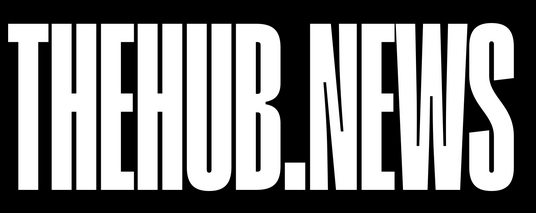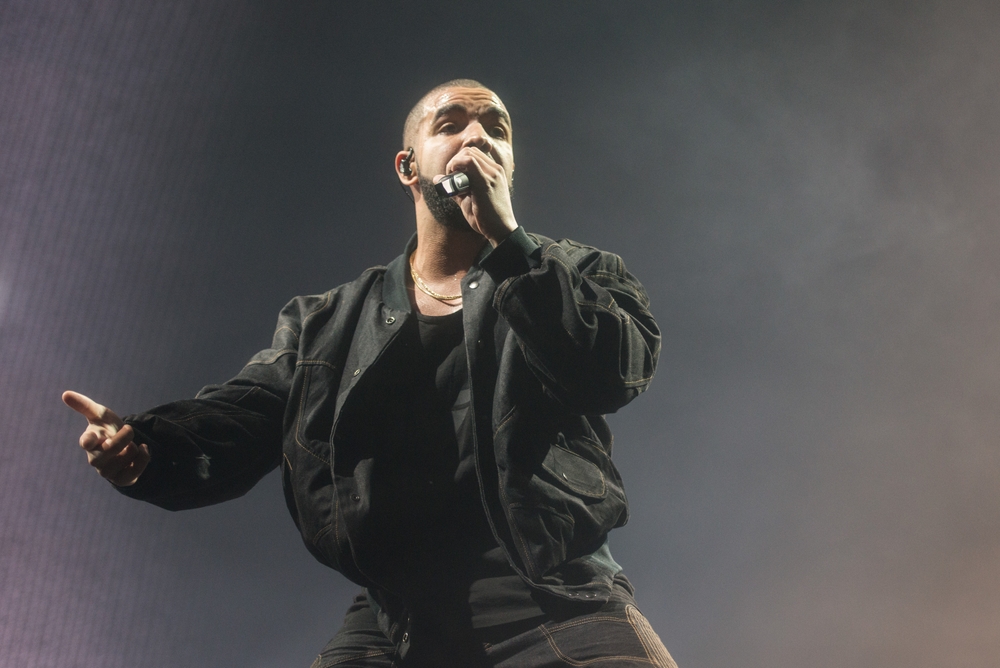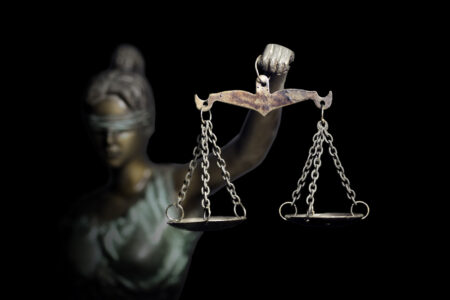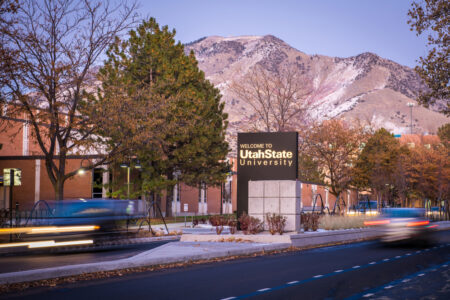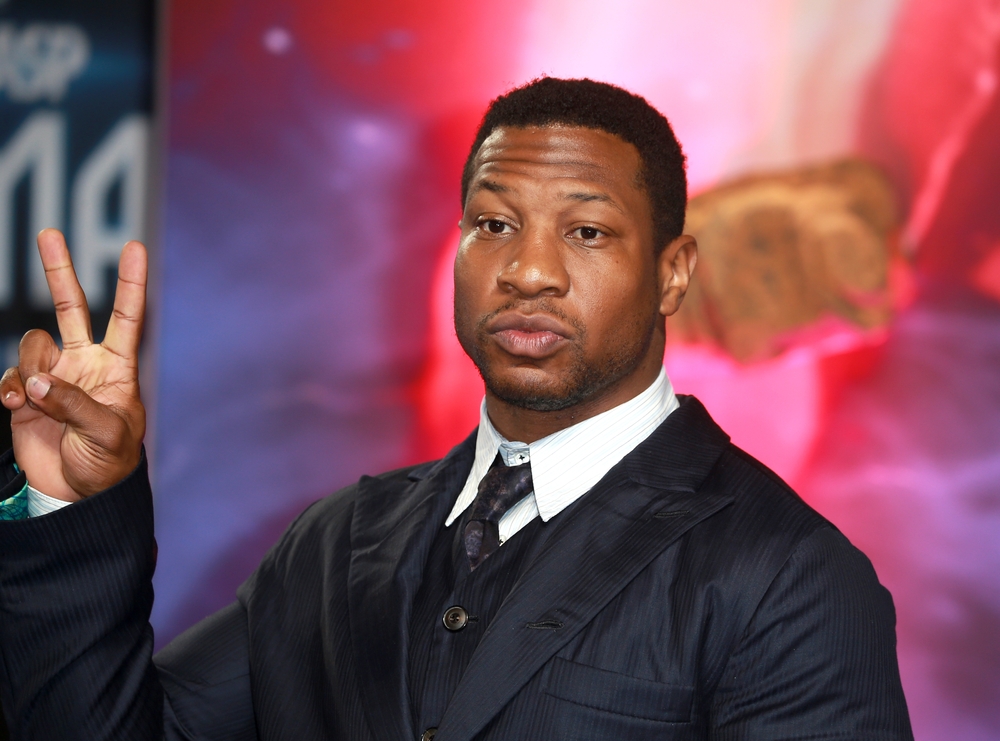Recently, a Louisiana Creole woman went viral when she explained that despite her fair skin and light eyes, she is, in fact, not a white woman but is Louisiana Creole. For those of you who are living under a rock,…
LATEST NEWS
Wrestling is a great sport, but it seems to grapple itself into…
Legal Defense Fund attorney Jared Evans joins Lurie to discuss redistricting and…
Anita Hill recently delivered a moving speech about the importance of affecting…
Alabama lawmakers recently pushed through legislation that restricts learning institutions and other…
Sports
“Rooted in hip-hop and R&B but genreless” Imagine sitting in the arena…
Earl’s Playing by Himself, Man: In Baltimore and Beyond, Some Still View Super Bowl III With Ambivalent Eyes
I’m not a renowned proponent of conspiracy theories within sports, yet I’m…
Musician Bryson Tiller recently announced that he’ll be putting his music career…
The creators of The Sims video game recently announced a collaboration with…
As Women’s History Month continues to unfold, institutions around the world are…
The Tech Equity Collective Impact Fund recently announced the latest grantees for…
Jonathan Majors has been sentenced to one year of counseling following his domestic violence conviction. When handing down the sentence, Judge Michael Gaffey noted…
Travel
In this video, the Passport Heavy crew embarks on a three-week adventure across Colombia! From the vibrant streets of Medellín to the serene beaches…
Food
At a very young age, restaurateur Javarius Gay learned the secret to success in the culinary industry: the importance of hospitality. “When I was 15 years old, I started working for a Culver’s ButterBurger franchise,” recalls…




